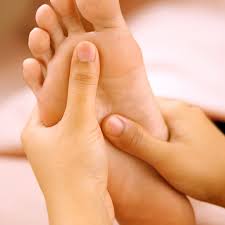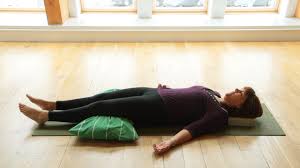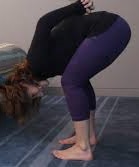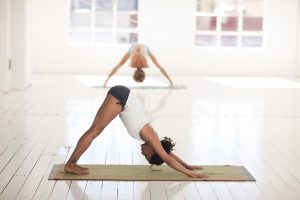Imagine a river with 7 swirling pools, the water is your life force energy and the pools are the chakras. when you experience a state or emotion that relates to a specific chakra your energy flow becomes disturbed or blocked.
The first chakra, Muladhara Chakra, means root support, it is linked to the earth and your earliest experiences. The modern way of life, with much time spent on social media, city living, supermarket shopping all contribute to a disconnection from the earth and blockages in the root chakra.
Whether you want to create better health, more abundance and passion or to remove challenges in your life, balancing your root chakra is the key.
 The root chakra is associated with:
The root chakra is associated with:
- The colour red
- Hatha yoga
- Ruby, garnet and hematitite
- The Adrenals
- Legs, feet, bones and large intestine
Supporting your Root Chakra
Here are a couple of practices for you to experiment with. Have fun!
Massage helps reconnect you with the physical body: Regular sessions are highly recommended. Try massaging your feet between sessions. Ayurvedic foot massage uses warm sesame, brahmi, or jatamansi oil.
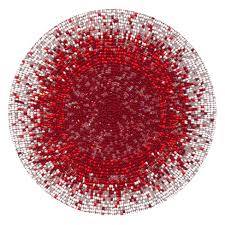
Meditate on the the colour red. You can use a red candle, an image or simply bring the colour red to your inner awareness. Start with a few minutes and gradually build up.

Eat Protein animal or vegetable (avoid over eating though).
Walk barefoot, feel the earth against your skin, let her support you. Notice the sensations in your feet. This focused awareness will calm and stabalise your body and mind.
It is very important not to miss the relaxation part of a yoga session. When you relax, focus on each part of your body, inviting it to let go, notice your breath. Your nervous system now has time to settle.

